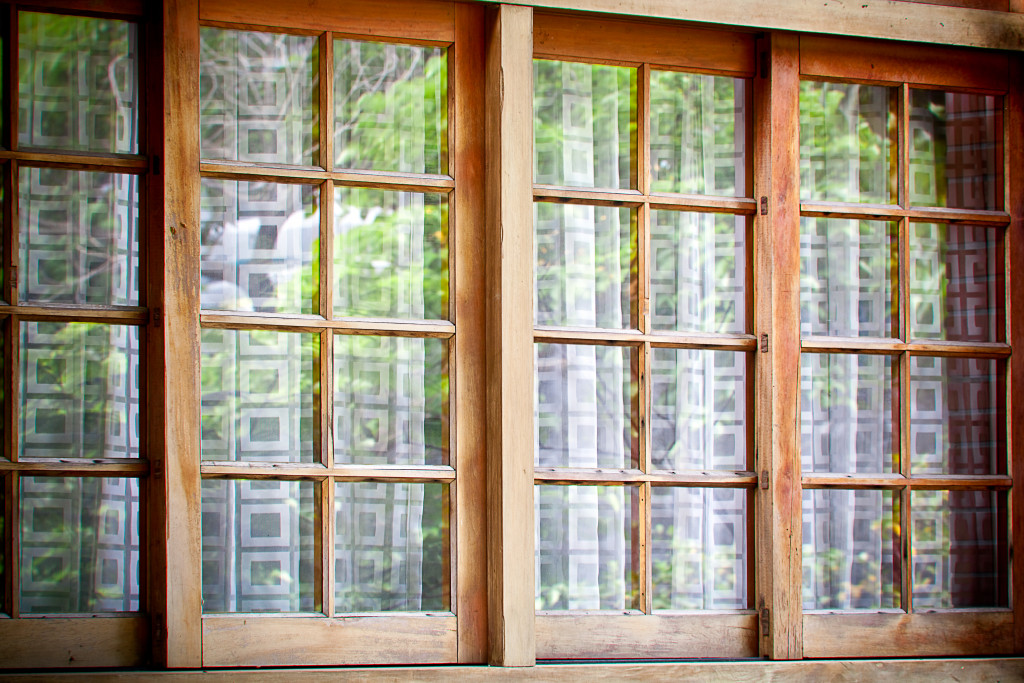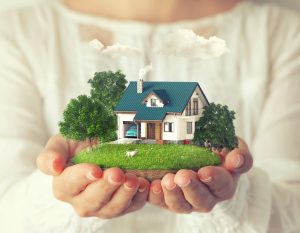There’s a reason Japanese-style houses are becoming more and more popular worldwide: they’re the most sustainable choice you can make. These homes are designed with natural elements in mind and use materials that can be found in the surrounding environment. They’re also much more energy-efficient than traditional homes and can be adapted to fit any climate.
This article will explore why Japanese-style houses are the most sustainable choice for your home.
They’re designed with natural elements in mind.
Japanese-style houses are designed to take advantage of natural elements such as sunlight and wind. The roofs are typically sloped to allow rainwater to quickly drain away. The eaves are often extended to provide shade in summer and protection from the wind in winter. The walls are typically thin and made of wood, which helps in absorbing heat during summer and keeps warm during winter.
In addition, Japanese-style houses often have large windows that let in plenty of natural light, reducing the need for artificial lighting during the day. As a result, Japanese-style houses are more sustainable than other houses because they require less energy to maintain comfortable indoor temperatures.
They use materials that can be found in the surrounding environment.
Japanese-style houses are among the most sustainable choice for several reasons:
- They rely heavily on materials that can be sourced from the surrounding environment, such as wood and stone. This reduces the need to transport building materials from long distances, reducing carbon emissions.
- Japanese-style houses are designed to take advantage of natural light and ventilation, which reduces the need for energy-intensive lighting and heating systems.
- Traditional Japanese building techniques are extremely durable and low-maintenance. They will last for generations with minimal impact on the environment.
Japanese-style houses offer a sustainable and efficient way to live in harmony with the natural world for all these reasons.
They’re much more energy-efficient than traditional homes.

Japanese-style houses are the most sustainable choice because they’re much more energy-efficient than traditional homes. They’re built with smaller windows that minimize heat loss in the winter and heat gain in the summer. Additionally, they often have sliding doors that can be opened to allow natural ventilation.
Furthermore, Japanese-style houses typically have deep eaves that provide shade and protect against wind and rain. As a result, they stay cooler in the summer and warmer in the winter, which helps to reduce energy consumption. In fact, studies have shown that Japanese-style houses use up to 40% less energy than traditional homes. Given the growing urgency of climate change, it’s clear that we need to start building more sustainable homes. And Japanese-style houses are the perfect place to start.
They can be adapted to fit any climate.
Japanese-style houses are some of the most sustainable buildings in the world. Their simple design and adaptability to different climates make them ideal for a wide range of locations. They can be built with large verandas and sliding doors to provide shade and ventilation in hot climates. They can be built with thick walls and small windows in cold climates to reduce heat loss.
Japanese-style houses also tend to have small footprints, which helps to reduce their environmental impact. Most importantly, they can be easily dismantled and recycled if no longer needed. This makes them an excellent choice for those who want to reduce their carbon footprint. Japanese-style houses are a sustainable choice for any climate.
What you need to know about how to maintain a Japanese-style house:
Maintaining a Japanese-style house is important for several reasons:
- It ensures that the home remains comfortable and energy-efficient.
- It preserves the natural materials and finishes used in the construction of the house.
- It helps keep the home in good condition for many years to come.
Here are several things to keep in mind when maintaining a Japanese-style house:
Keep the exterior of the house clean and free of debris:
This will help protect the finishes and materials used on the outside of the house. Molds and mildews can also damage the house’s exterior, so keeping the area clean and dry is important.
Repair any damage to the roof or walls immediately:
Metal roofs are often used on Japanese-style houses. High winds or heavy rains can damage these roofs. And because Japanese-style houses often have sloped roofs, it’s important to repair any damage as soon as possible to prevent water from leaking into the house. If you notice any damage, it’s important to call on metal roof experts to have it repaired immediately to prevent further damage.
Overall, Japanese-style houses are some of the most sustainable buildings in the world. Their simple design, energy efficiency, and adaptability to different climates make them ideal for those who want to reduce their environmental impact. If you’re looking for a sustainable and efficient way to live, Japanese-style houses are the perfect place to start.






